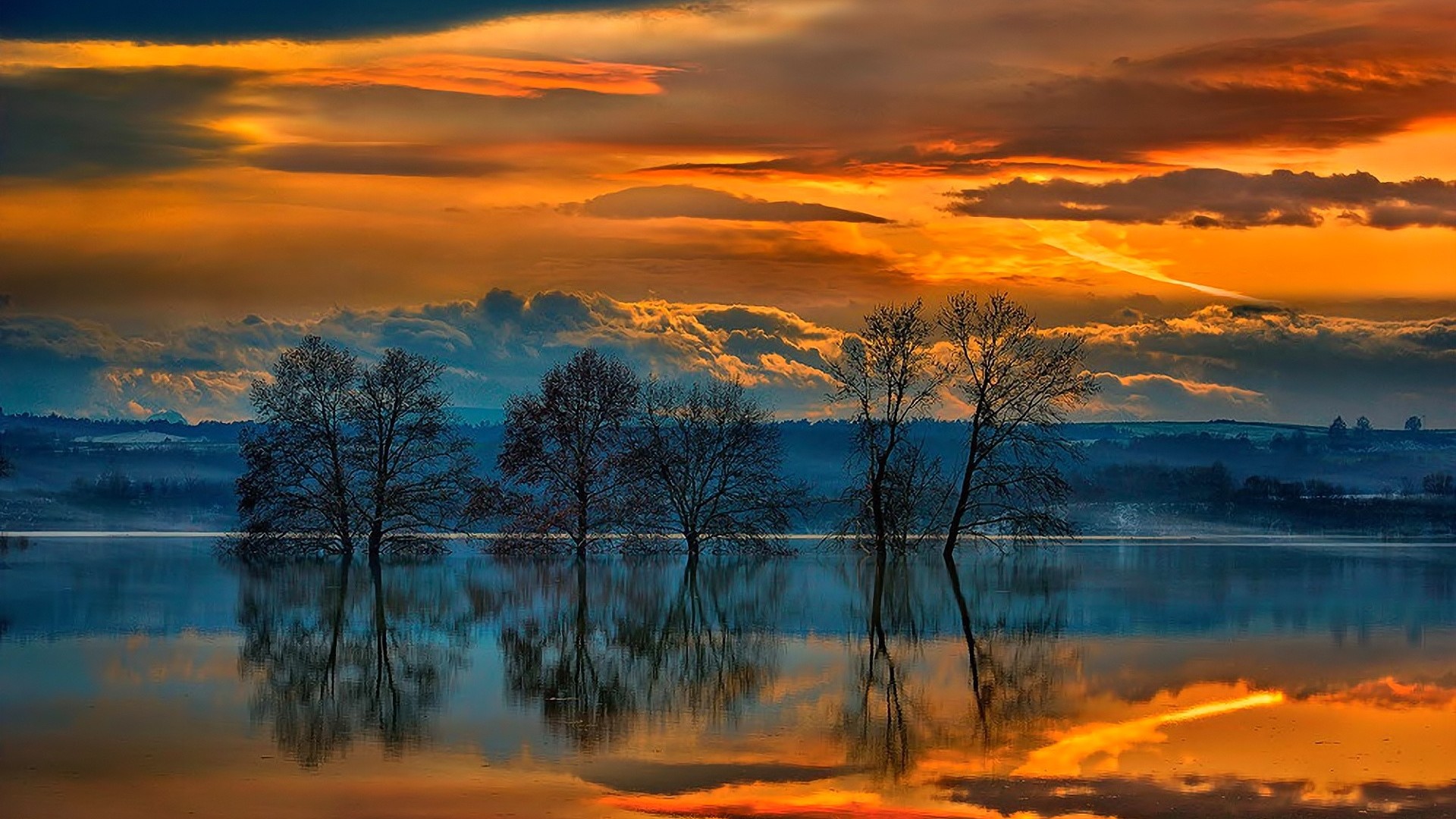Also known as a biotic area or bioclimatic landscape, the Biomes They are a group of ecosystems that share the flora, fauna and climate, these are located in a large part of the planet earth. Discover what are biomes! Just here.

What is a Biome?
Is named Biome to a territory of the planet earth that contains parity in its extension of land and also in its climatic condition, its vegetation and the animal life that inhabits these places; All this set of species make up a place of easy recognition, in order to understand all the types of life that can be found in these places.
We can find that a specific Biome could be named in different ways in its locality, however it will always be the same according to its biogeographical characteristics, with permanent ecological properties. It should be emphasized that this word should not be confused with other similar ones such as habitat, ecoregions or ecozones.
That is to say, according to the fundamental qualities of each bioclimatic landscape, such as the temper, the type of sedimentation, the height, the latitude and the seasons that it presents, each of the existing biomes on planet earth can be determined, just by observing the communication between the sediment, the vegetation and the animals, to later determine each one of them.
This is a job that should be particularly important for specialists in this field such as conservationists, ecologists and biologists. The number of existing bioclimatic landscapes on planet earth is limited, to date the existence of seven saltwater biomes, fourteen land biomes and fourteen freshwater biomes is known.
Types of Biomes
There are several types of biomes and each one has a group of different characteristics that differentiate them from the others, although they all coincide with some of their characteristics, such as; geographical limitations, climatic alterations, plants and animals that adapt to the climate conditions in them.
The types are:
- Marine Biomes: They are the ones found in salty waters, in Seas and oceans and on continental coasts.
- Freshwater Biomes: Are those located in rivers, lakes and other freshwater deposits.
- Terrestrial Biomes: They are those that are located on the mainland, whether they are mountains, plains or desert places of any kind.
Examples of Biomes
Some examples and characteristics of biomes:
Steppe
It is a biotic area with little rainfall, its territory is flat with vegetation of herbs and bushes, these are far from the sea. They have sediments rich in minerals and with a variation of cold and heat, these have very little organic matter and are therefore infertile.
They are considered a desert where it is very cold and they have a large number of rocks, some are located in the Patagonia of Argentina, the steppes of Asia, North America and the high plateau of the Punta Andina in Chile.
Deserts
It is permanently arid, with very little rainfall and its fauna is xerophytic, in the rare case that it exists. Some are warm, like the one found in North Africa, that is, the Sahara desert, and others are icy or polar, like the case of the frozen plateau of Antarctica, so cold that there is no liquid water.
The sediment in these are rocky, sandy and icy, at least a third of the planet has this type of biomes, that means at least a space of 50 million kilometers and at least 53% are warm and the rest are cold.
Tundra
This type of biomes they have a cold climate and frozen sediments, the flora is low, characteristic of the polar territories, it occupies at least a fifth of the planet earth. The fauna that predominates in these places are lichens and mosses, the sediments are swampy and they have bogs in abundance.
These can be found in Canada, Alaska, Siberia and Greenland, as well as in the extreme south of Argentina and Chile, countries that have cold temperatures that do not exceed 10 degrees and the summer season is short, sometimes the ground freezes .
Rain forest
They are found in the vicinity of Ecuador, in the Amazon jungle of South America, in the Congo Jungle just in Africa, in Asia and Oceania. It is the most abundant on the planet, its flora is tall, wooded and leafy, which means that its sediment is very humid and fertile, with a Rainy weather in which rainfall is very frequent during the year and a very warm temperature, they lack a winter season.
They are a great repository of biological diversity on earth, since they have at least 40% of all known species in a strip of less than 7% of planet earth.
Meadow
This bioclimatic landscape has little rainfall, approximately 300 to 1500 mm per year, with a dominant vegetation of thickets and frozen grasslands in which there is no forest, however, they are not deserts.
Its sediment is very fertile and has many layers, which causes the flora to have a short lifespan, they are ideal for growing food plants with hot summers and cold winters, they are typical of the Argentine pampas and some North American countries.
Taiga
This is also called boreal forest, this bioclimatic landscape is the largest forest reserve on planet earth, which has only very tall conifers and their evergreen leaves, such as pines, firs, maples, its fauna is herbivorous and is very abundant. These are located exclusively in the northern regions: European Russia, Siberia, Canada and Alaska, only in these countries can we find them.

